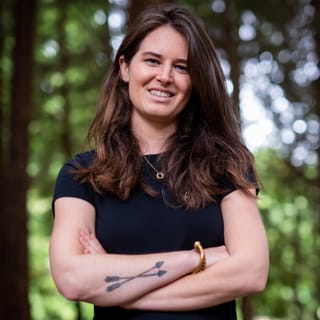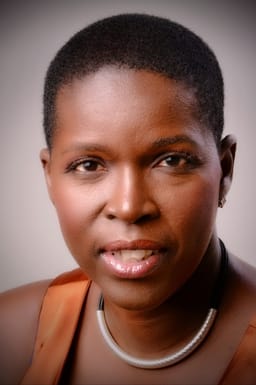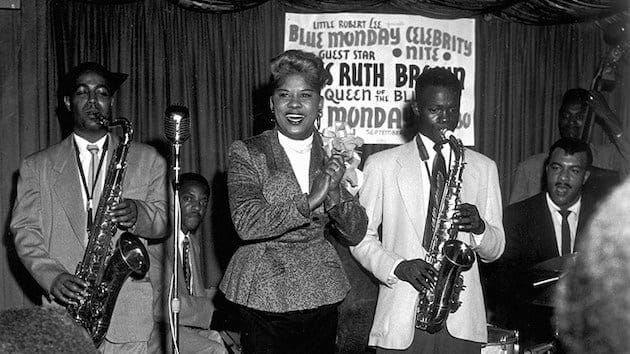
Destruction Under the Guise of Urban Renewal
Part II: Systemic Racism in America
🤓 Bite-Sized Knurd: Urban renewal promised safer and economically stable neighborhoods, but what it brought was the destruction and displacement of Black culture and community.
In Case You Missed It: The Horrible History of Education in America
Read on for more…
Systemic racism is often tied to the southern states. We think of Jim Crow, the fall of Reconstruction, lunch counters in Greensboro, or buses in Montgomery.
And that is by design. The American consciousness thinks of systemic racism as in the past that affected only the past. This flawed logic gives Americans a pass to not do the extra work of understanding how the past impacts the present.
So this week we’re going to travel to the other side of the United States to San Francisco, California. Don’t get me wrong, I love my city, but it has some dark racial history just like most American cities.
Urban Renewals Failed Promises
The intention behind urban renewal was a fair one, but one that had racial impacts that reverberate to this day. After World War II, the United States was flushed with a rebounding economy and ready to invest in itself. Urban renewal was an attempt to transform economically depressed older neighborhoods to reduce crime and increase the standard of living.
Naturally, Black Americans were more likely to live in these “slums” because they did not receive the same benefits or mortgage support to buy their own homes, unlike white soldiers after the war. Plus redlining meant that banks wouldn’t even back the loans even if they did try to buy their homes.
That meant that Black Americans were unceremoniously displaced from their homes and then unable to return since they were priced out of the area after the renewal. The loss of Black American culture and community was profound.
San Francisco's Fillmore District, a few blocks from City Hall, was the test case that started it all.
The Harlem of the West
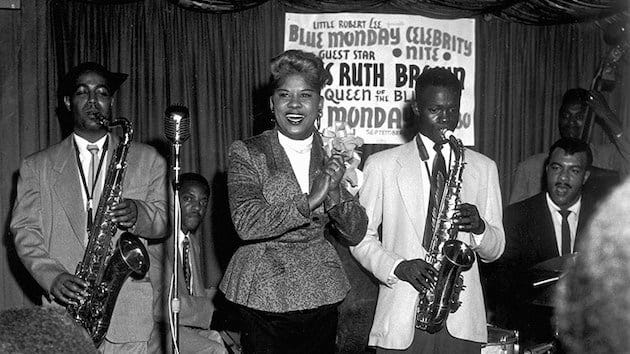
Take a minute to picture a bustling neighborhood full of life after the darker days of World War II. A few men standing in a shop’s doorway signing doo-wop “because the marble floor gives a better sound.”
“Music in the Fillmore was organic. In the air. It was from the community and belonged to the community. You can’t look at the neighborhood without looking at the music that was coming from the people who lived there.” — Wayne Wallace, musician
A group of women giggles as they step out of the local beauty salon. High school boys stand outside the bowling alley hoping to pick up girls. The smell of soul food wafted through the air. The sounds of jazz drift from the nightclubs as men and women dressed in their finest hats, suits, and minks step out of their taxis for the night.
It was San Francisco’s premier commercial district at the time of its destruction and a cultural hub. The Harlem Globetrotters, James Brown, Maya Angelou, and others could be spotted at the Booker T. Washington Hotel.
But it wasn’t just the music or the celebrities that made the Fillmore special. It was the people and the community.
"You felt like you were cared for, you know? You had a home life but everybody else was your family too," Jazz singer, Mary Stallings
Removal of Negroes with Precision
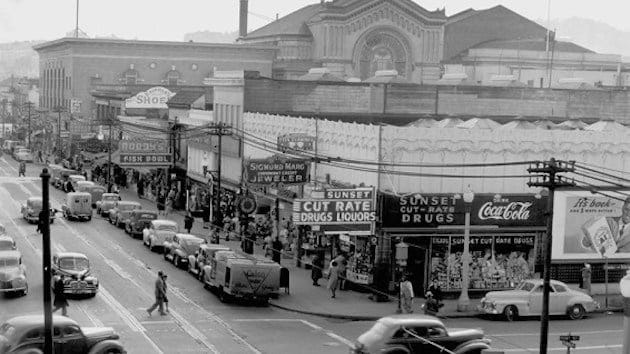
All of the vibrancy of the neighborhood was for not. The fact was, it was a predominantly Black neighborhood and politicians were clamoring to impress white voters with talks of urban renewal. James Baldwin bluntly called redevelopment for what it was, the “removal of Negroes.”
In this era, politicians learned how to accomplish it with precision and subtlety. The easiest way to tear up a community is to literally divide it. And that’s where the highway system served an important purpose.
The destruction of this thriving, predominately Black neighborhood started by cutting a highway straight through the heart of the Fillmore District. Geary Street went from a 2 lane street to a highway, cutting off the communities ability to move freely throughout the neighborhood. In many cases, the highway took out important cultural gatherings spaces like churches and clubs.
“The entertainment world for African Americans virtually ceased to exist in San Francisco. The great life that was Harlem-ish was destroyed by the redevelopment process. It was a blow to African Americans, a blow from which we frankly have never really recovered.”
—Willie Brown, former mayor of San Francisco
To this day, San Francisco famously has a low Black population. In 2021, San Francisco’s population was only 5.7% Black, which was a drop from 10% in 1990. Not to mention that the Black population has the lowest median household income ($30,235 in 2019). Never recovered is an understatement.
A Loss of Art, Culture, & Community
The heartbreak with the destruction of the Harlem of the West is hard to quantify. What is most heartbreaking to me is the whole purpose of the project (to reduce crime and improve living conditions) utterly failed.
We are doomed to repeat our past mistakes if we do not recognize that creating safe and healthy neighborhoods starts with investment in the people. When people are secure economically with their basic needs (food, housing, health) met, we see more vibrant and safer neighborhoods.
We continue to make the same mistakes today. San Francisco is in another housing and economic crisis where most of its residents can’t afford to live here. Many leaders have responded to the harsher living conditions by calling for more police rather than providing support for its residents when it comes to housing, drug addiction, and employment.
We must recognize that the past has consequences on the present and the choices we make today can positively impact our future if we are purposeful.

Work in the non-profit or political world?
Knurdology, a marketing & comms firm, is here to help offer the latest news and advice specifically tailored for non-profit and political organizations. Sign up for Knurdology’s email list for quick and easy email updates.
We promise not to hit you up more than 1-2 times a month and only with the most helpful information.
Up Next
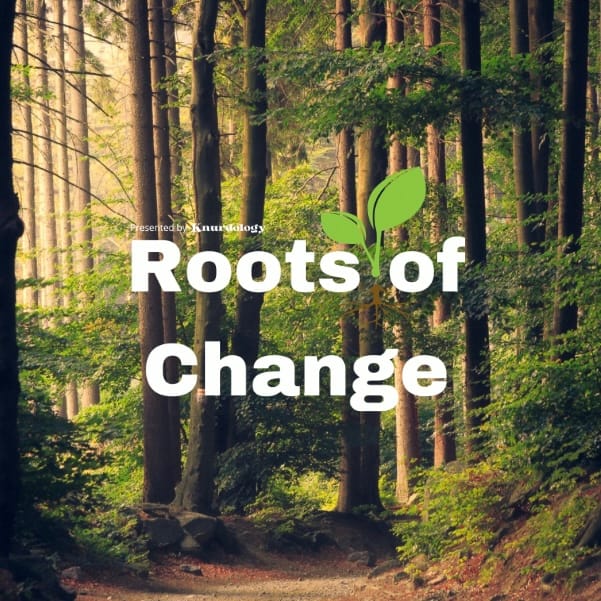
the roots of change media Newsletter
Join the newsletter to receive the latest updates in your inbox.


